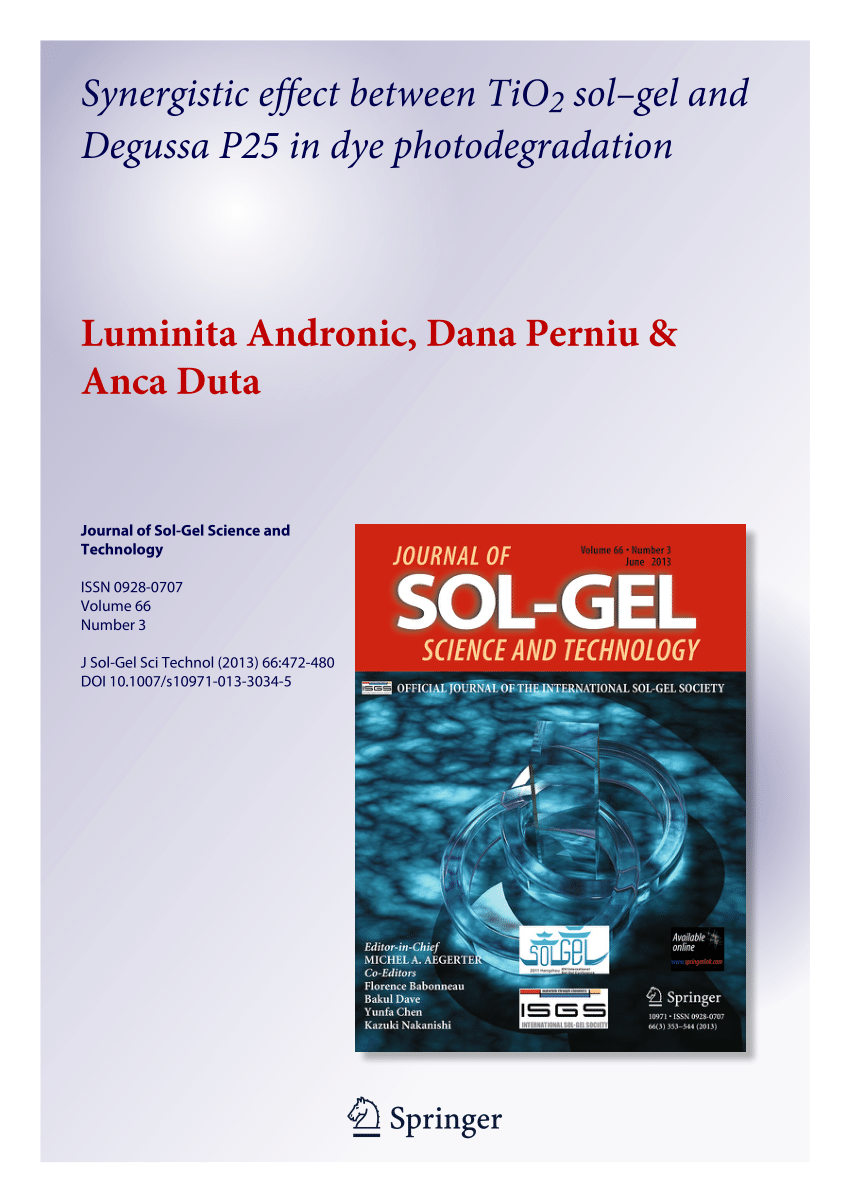The transformation of shell structure of the core-shell particles of poly(methyl methacrylate)-silica and hollow SiO2 particles undergoing heat treatment was studied by infrared (IR) spectroscopy using deconvolution of absorption bands in the wavenumber range 400–650 cm–1. It was revealed that the changes in the IR absorption spectra during annealing were caused by structural transformation of the particles’ material due to its restructuring, including the formation of silica ring clusters of different sizes and changes of their ratio during annealing. The used method of the spectra deconvolution made it possible to consider in more detail the parameters and contributions of the vibration modes of such clusters to the absorption spectra of SiO2. A modified structure of a polysiloxane, synthesized through hydrolysis of trimethoxy(vinyl)silane, which represents a polymer chain of repeating fragments containing four- and three-fold (Si–O) rings linked by a bridging oxygen atom, is proposed. It has been found that skeletal vibrations of 6-fold (Si–O) rings combined with transverse optical and longitudinal optic vibration modes of the Si–O–Si bonds make the principal contribution to total IR absorption of the studied samples both in amorphous and in crystal silica structures obtained after annealing.



